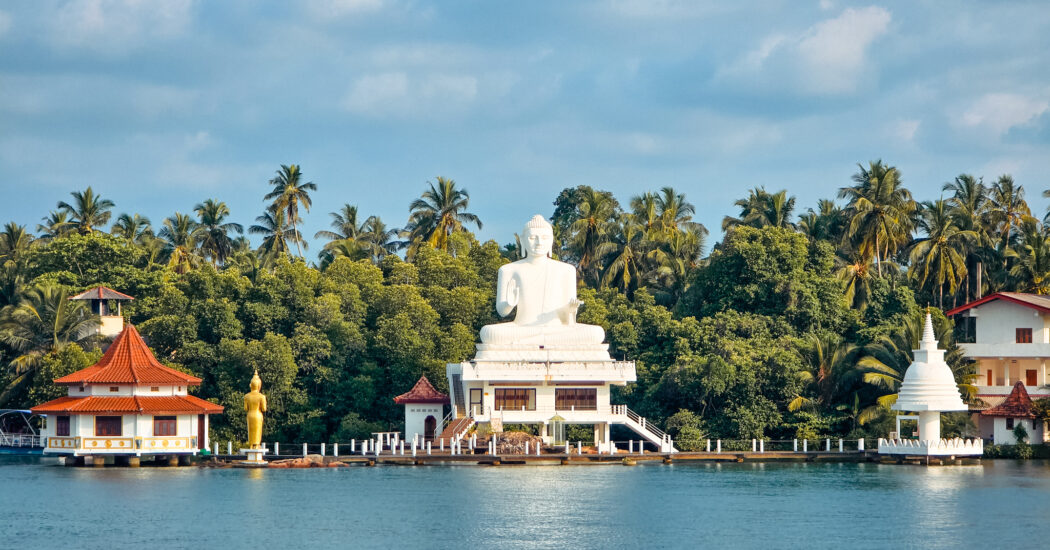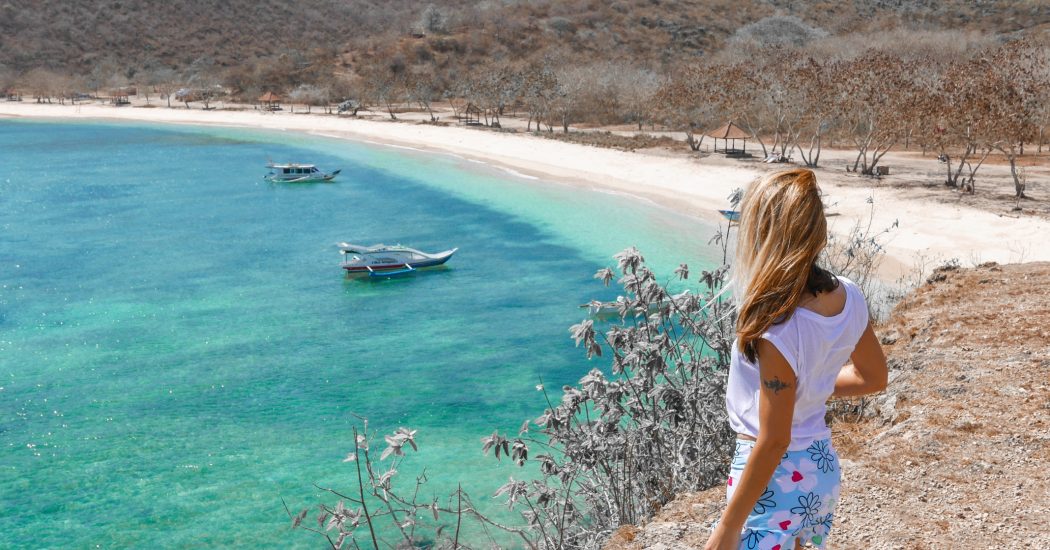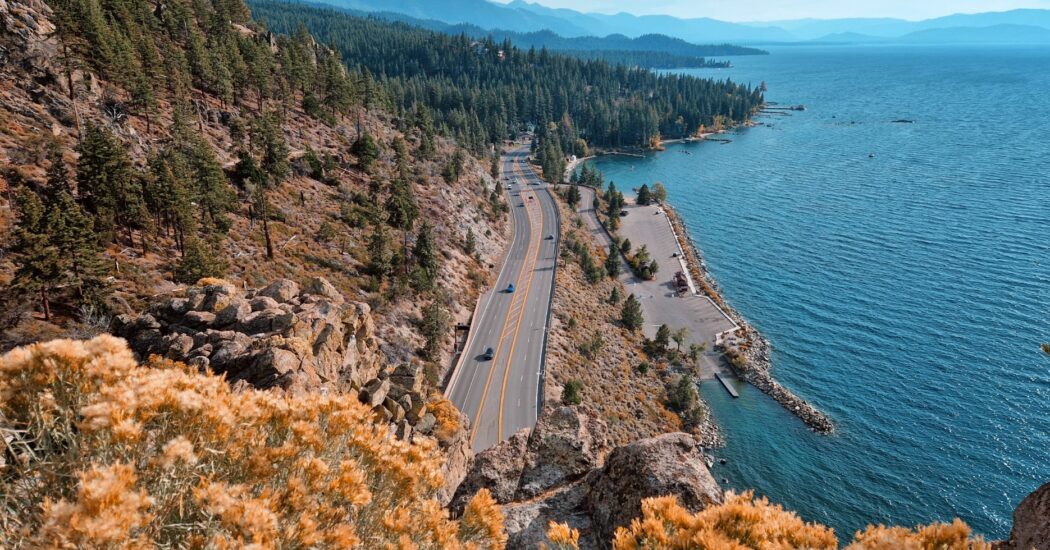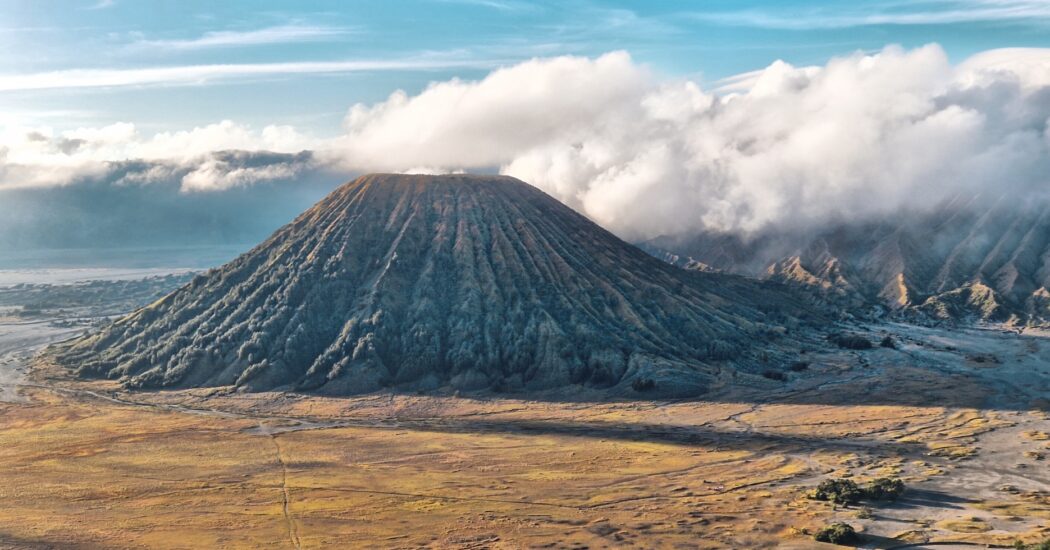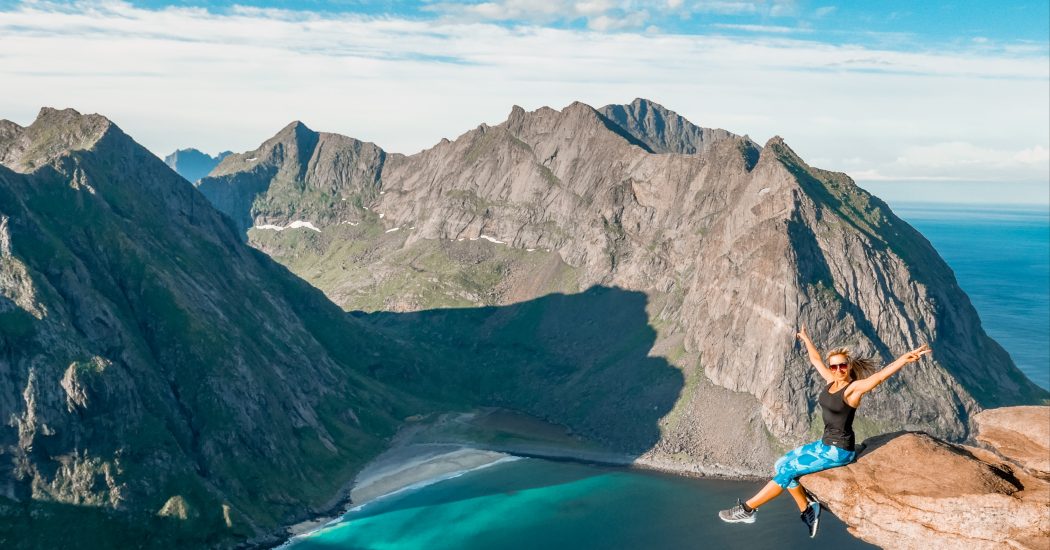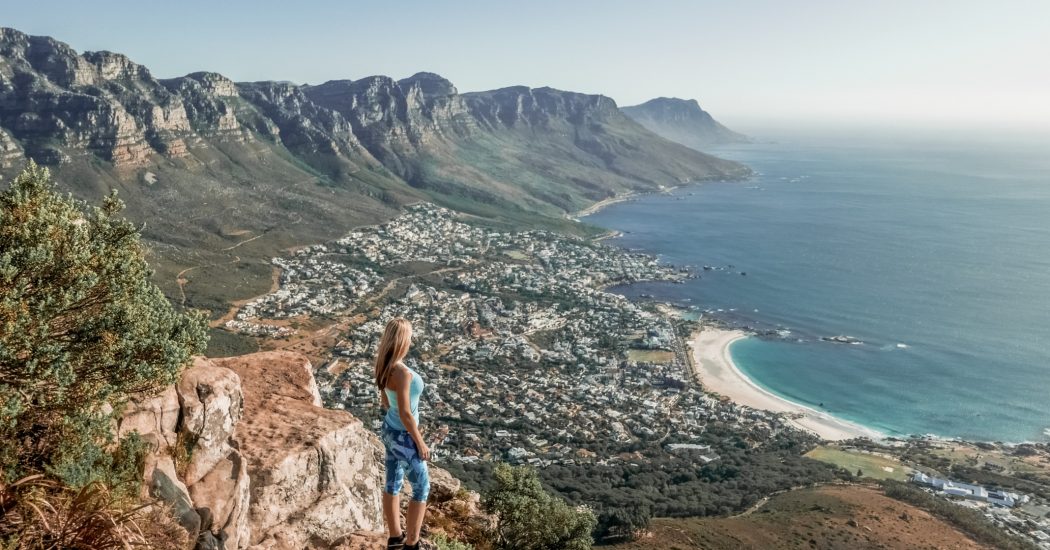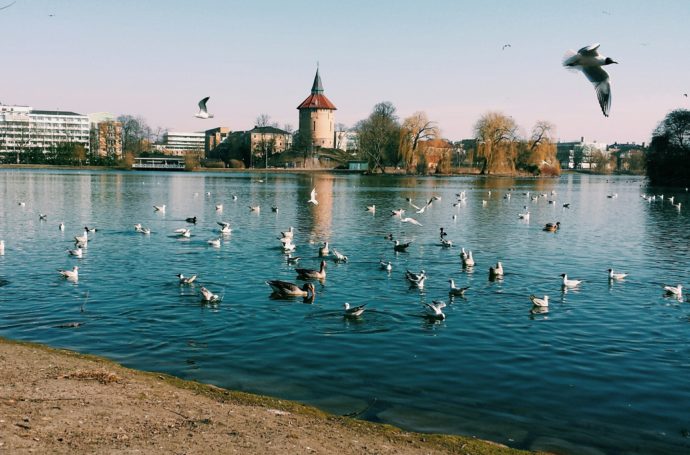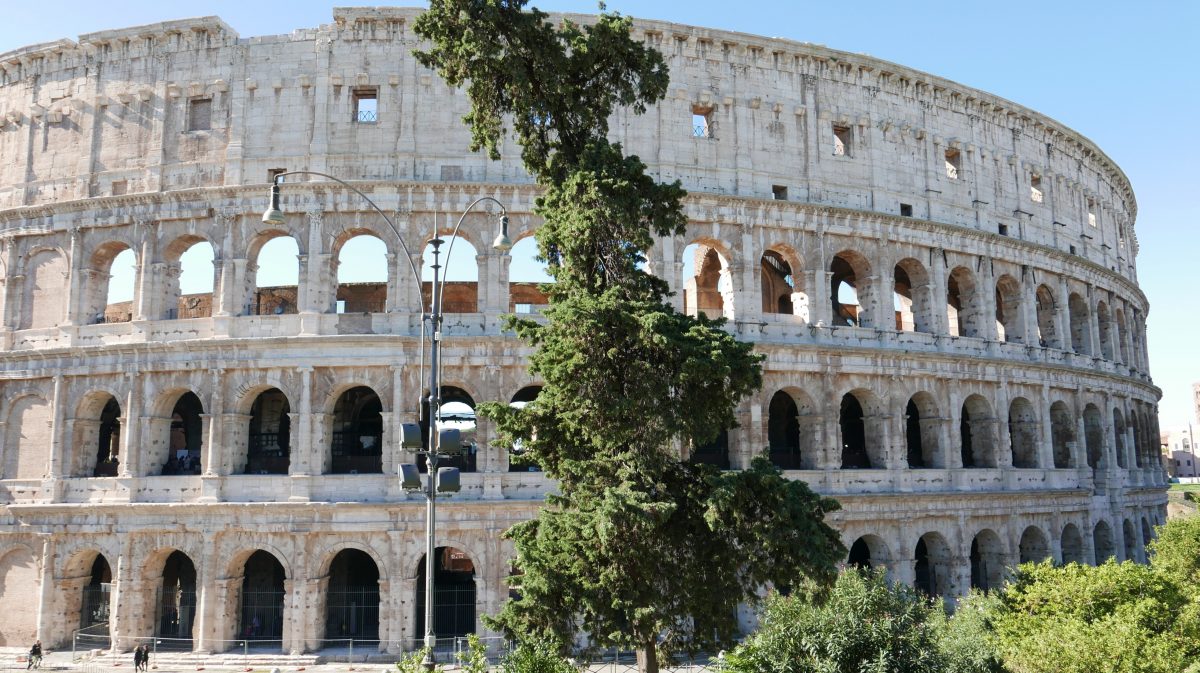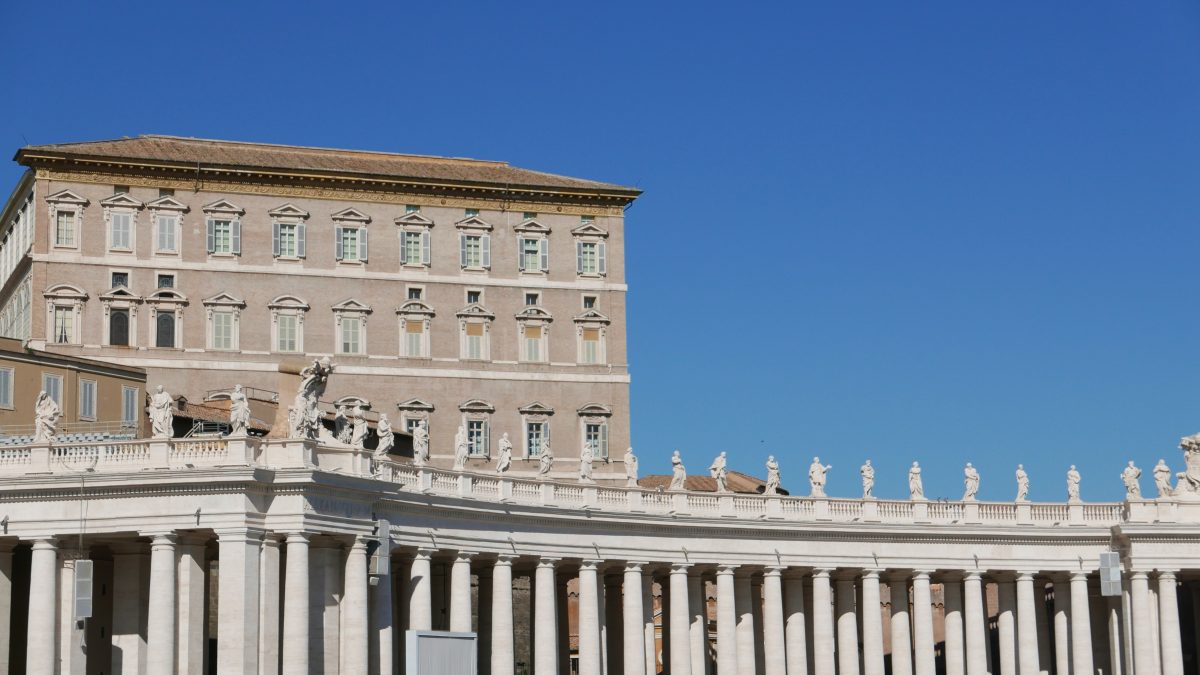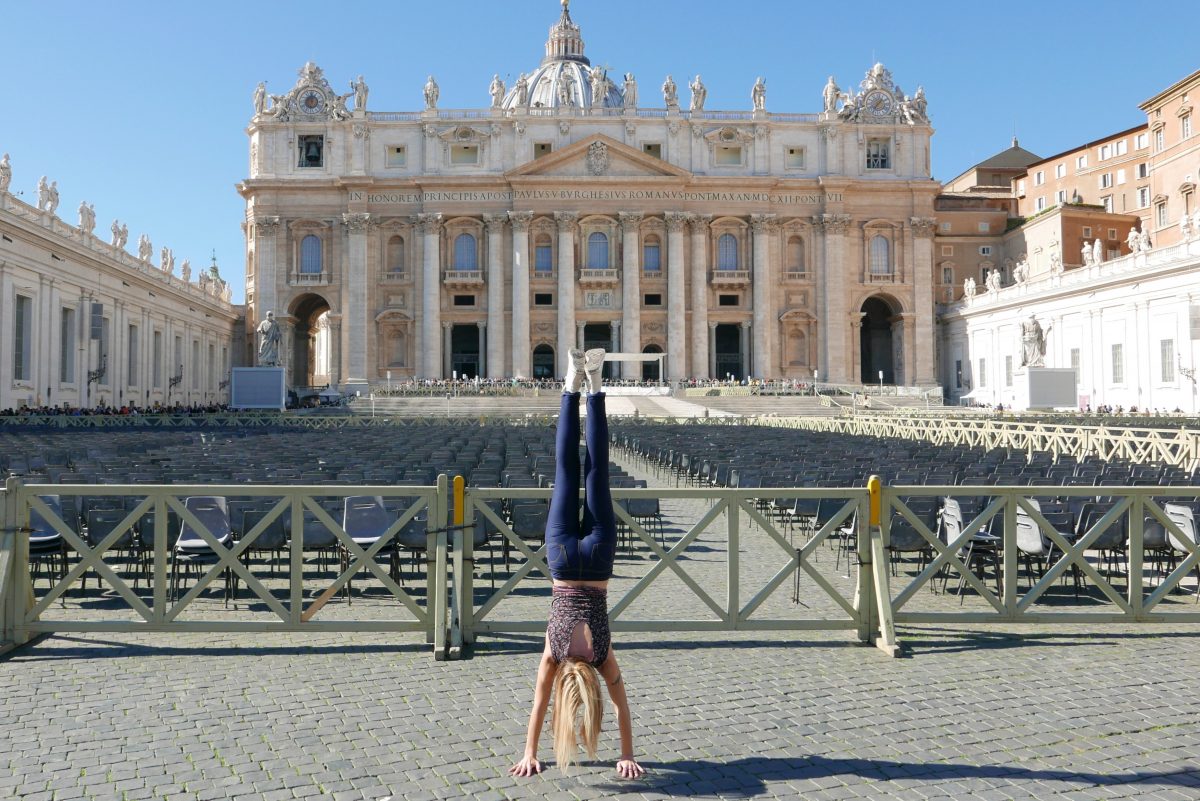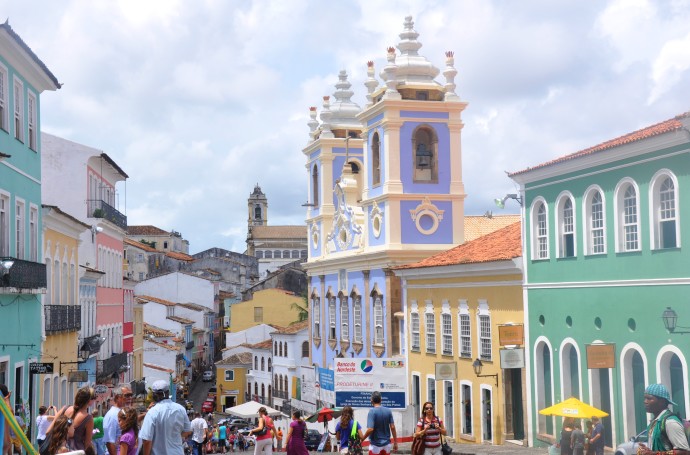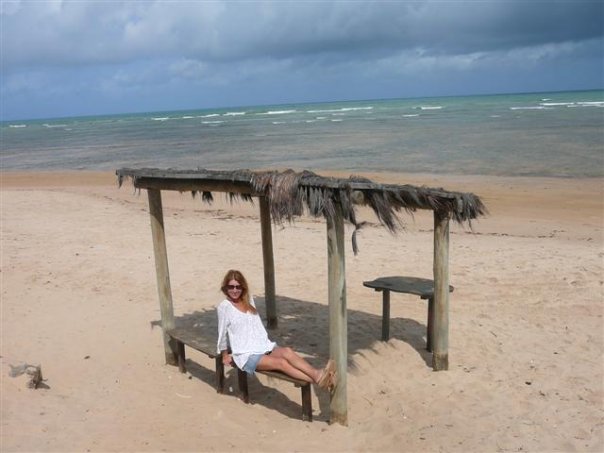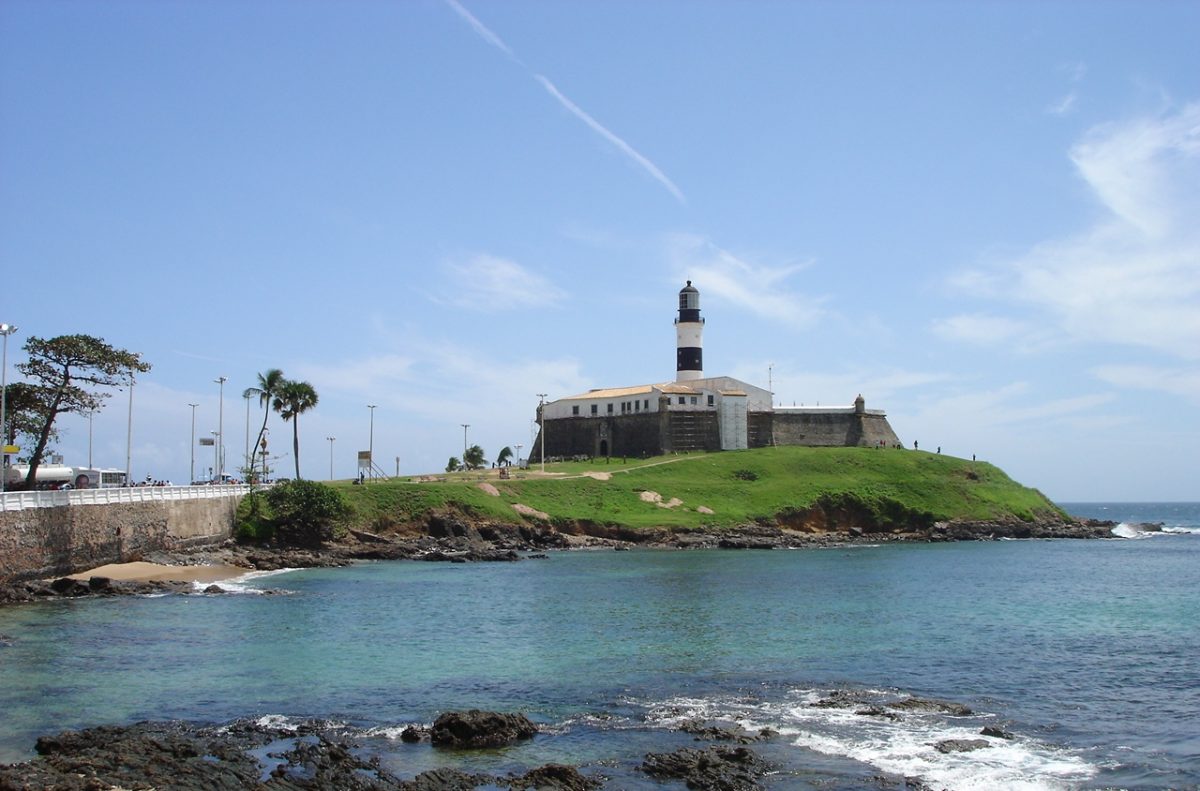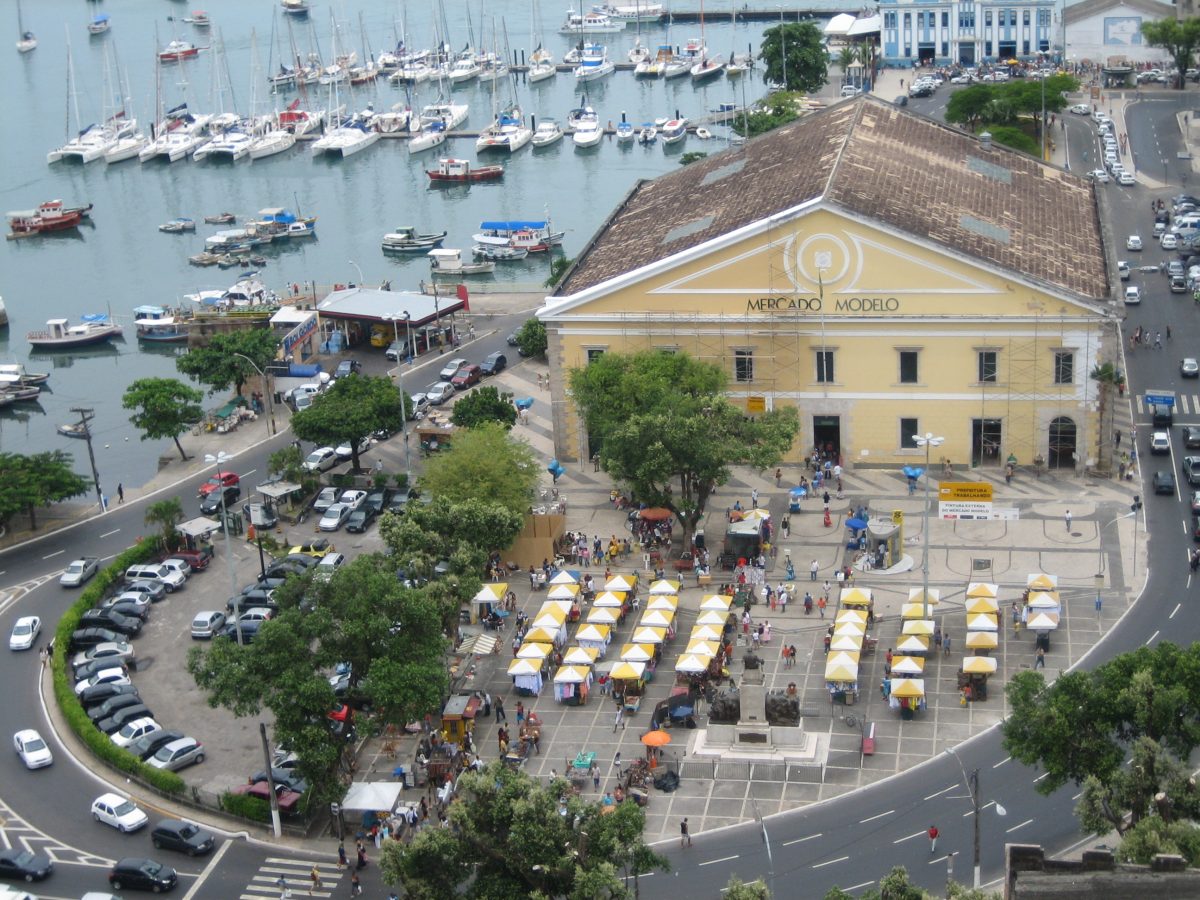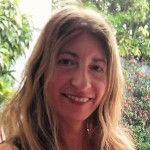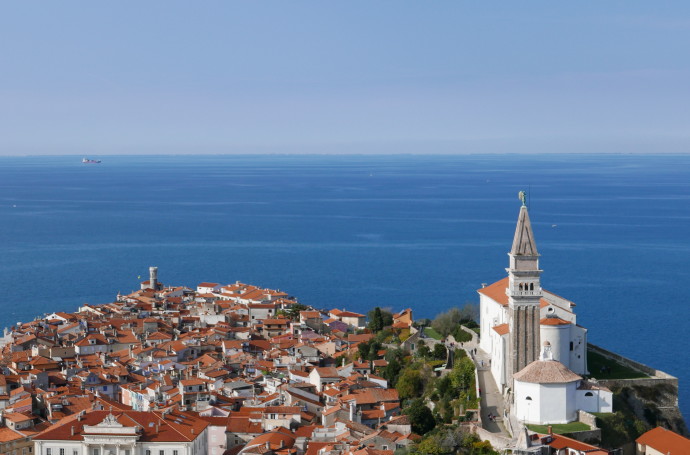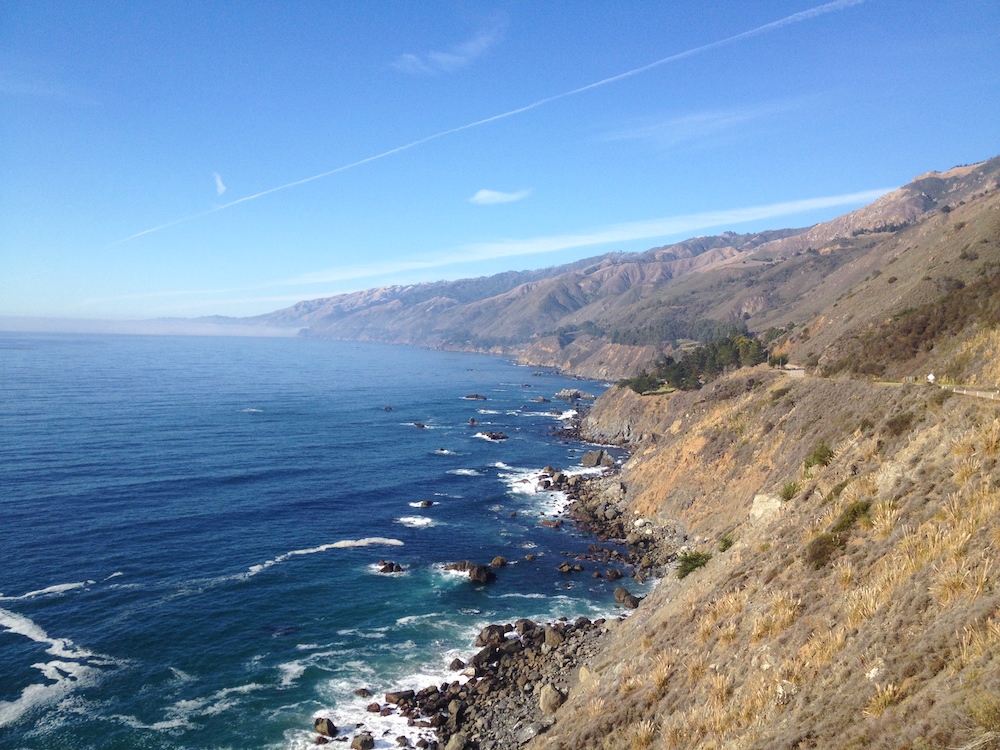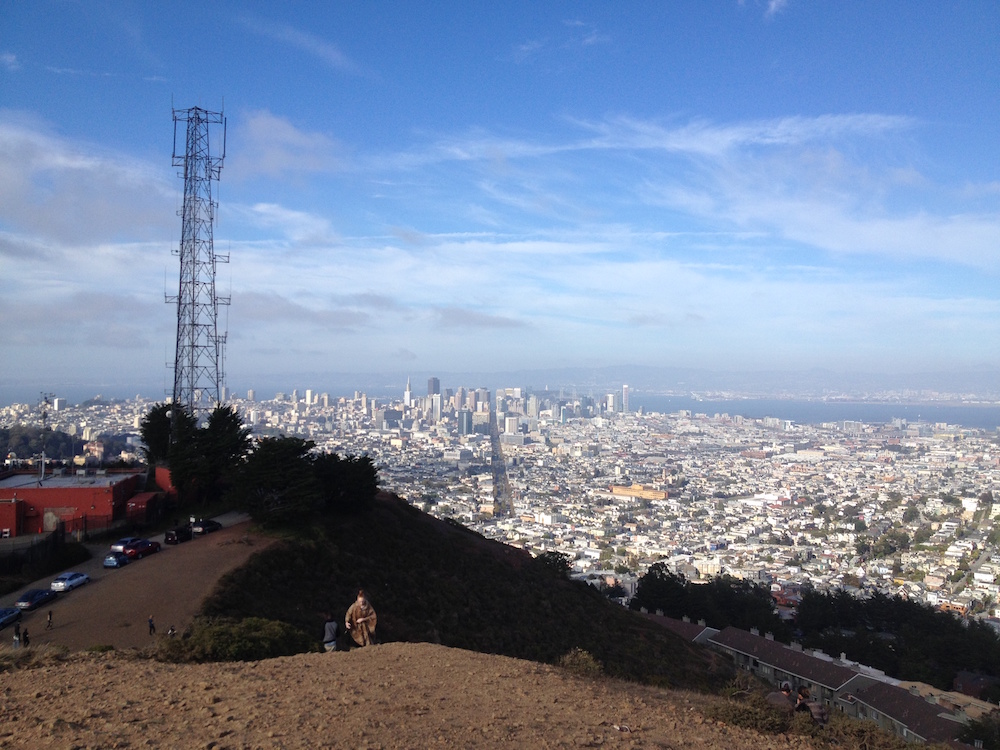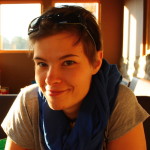Curiosity, a desire for new challenges and business opportunities led Saša to the ‘’cold north’’ two years ago. She landed in Malmö, a town in the south of Sweden, but judging by her tweets, the temperature there does not fall behind the rest of the country. Honestly, since I REALLY hate cold, I have never even thought about visiting Sweden. But after this chat with Saša, there is a high chance I will drop her a visit very soon.
Hi, Sasha. Why Sweden?
It just happened. I was always drawn to Sweden in some way. It was in one of my school trips to Planica, when I bought a Swedish flag instead of Slovenian and shortly afterwards I started learning basic Swedish numbers out of plain curiosity. Apparently, Sweden was always meant to be 🙂
Was the decision to move hard?
Not really, because the idea of moving was building for a while. Compared to Slovenia, bigger countries offer the possibility to work on larger projects with greater challenges in certain disciplines and, of course a better pay. You do need a bit of “balls” to take the first leap and the first year is the hardest.
How was the decision to leave accepted by your close family?
Ever since I was little my parents have encouraged me to take part in international exchanges and we traveled a lot throughout my childhood. Because of that nobody was really that much surprised, although I can’t say it was easy for everyone or anyone.
Was language a problem? Can you already speak Swedish?
Undoubtedly, the language was initially an obstacle. Scandinavian languages in their written form vary a lot from their spoken version. After approximately one year of intensive learning I can say that I understand and engage in everyday conversations. Still, I find it a challenge if I run into someone with a distinct ‘Skånska’ accent. Copenhagen is 15 minutes away and consequently people in the south have a sharp accent, reminiscent of Danish. This is the language of “potatoes in the mouth”. 🙂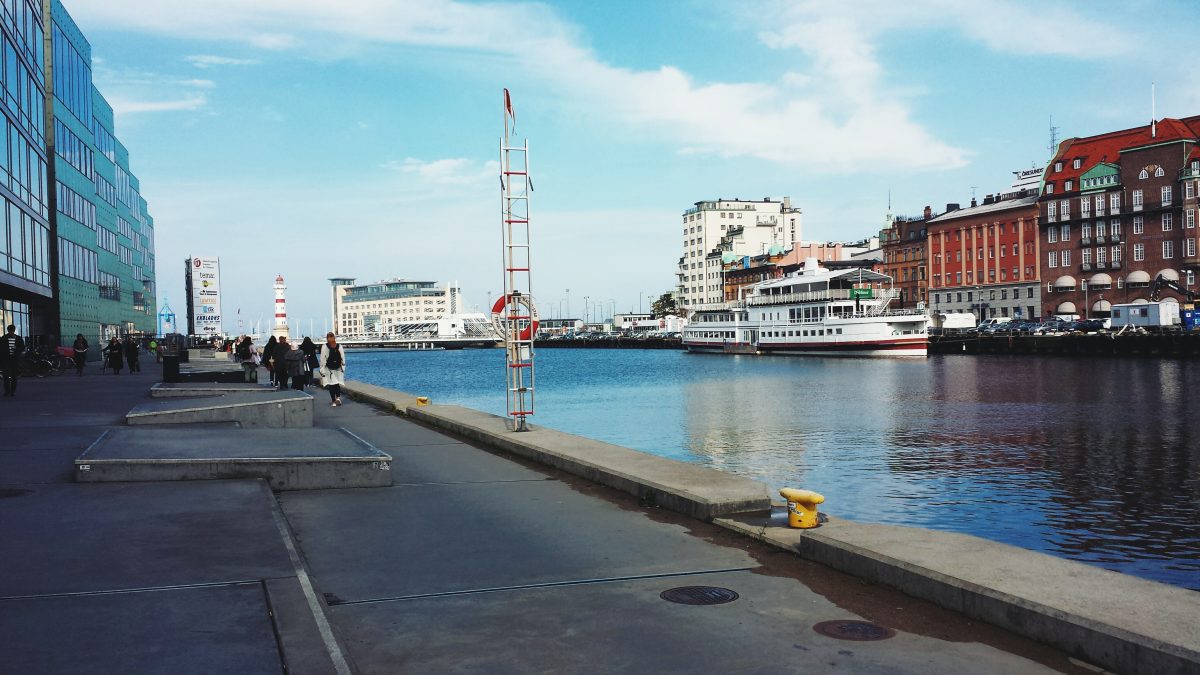
What was the biggest positive surprise for you after moving to Sweden?
The level of confidence you get from strangers. Many goods, particularly in living complexes are in common use. For example cast iron grills in the garden, common areas, workshop rooms where tools stay at their place. People here are aware that they are not alone in the world and not think only of themselves.
Did you have any negative experience being a foreigner?
Absolutely not. The Swedes are very open and the majority accepts diversity. Maybe my appearance helps my integration process (light skin, blue eyes) and the fact that I come from a developed country, with similar standards and habits. But I know a few people, mainly Muslim women, which feel a slight uncertainty when talking to a stranger. They say that some people are often skeptical of them.
Can you afford a decent lifestyle with an average Swedish salary?
Life with an average Swedish paycheck is more than decent. Disposable income is much greater than in lots of other countries. That, plus other work perks like default 25 vacation days and 480 days of maternity leave, make life here quite comfortable.
Since this is a “hot” topic in Slovenia now – how is Swedish healthcare system?
Organized but very bureaucratic. You pay for every first visit to the doctor – to ‘’open the case’’. That prevents people going to the doctor without having a real reason to go there. The price is fixed at 200 SEK (around 20€) for a general practitioner and 500 SEK for a specialist.
Dental care is a headache though. Not all dental care for people over 20 years is free and it can get REALLY expensive. That’s why Swedes take great care of their teeth and get all the problems fixed before the age of 20.
How often do you travel home?
Approximately twice a year. I love my proximity to Copenhagen Airport and direct flight connections to Ljubljana, which means that I get up in the morning and I am at my mom’s dinner table by lunchtime.
What has in your opinion changed in Slovenia since you moved out?
I am so pleased to note huge steps forward, primarily within Ljubljana. Many more workshops and meetings with the mentality “the community can only grow by sharing knowledge”, which reminds me a lot of the whole Swedish shabang. After a few years of living abroad you see your town in a different light. You catch yourself idealizing it, city colors are suddenly more vivid and people seem friendlier.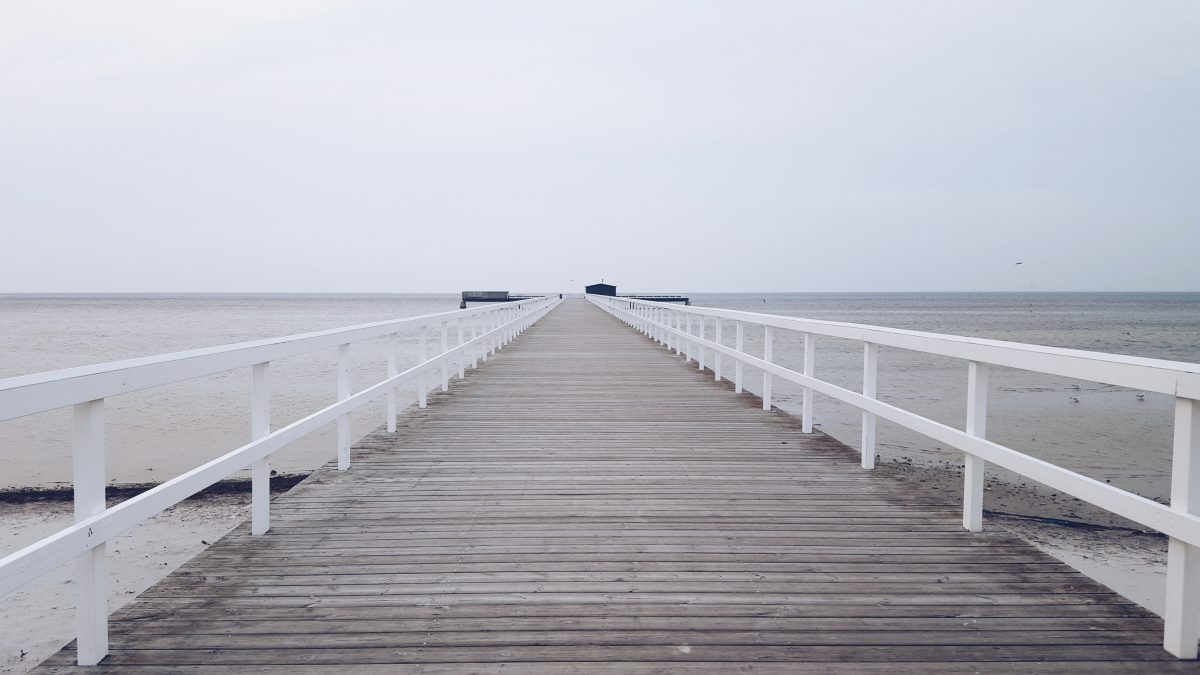
How do you spend your free time?
You can usually find me either in a pub or in the nature. Malmö has everything from vast forest spaces to botanical gardens and lakes. In the summer I spend a good part of my time on the beach. The sun beats down just the right amount, the sea is colder, less salty and the beaches offer so many activities to choose from.
You know I have to ask: Zlatan Ibrahimović?
I know where his villa stands and that’s about it. Zlatan is a textbook example of an immigrant’s success. On football match days the city turns into blue and white, the colors of the FC Malmö, and a plethora of people from all sides of the city go to the stadium. That’s when I usually go in the opposite direction.
5 things every tourist in Sweden should see?
First, everyone should experience Midsommar (celebration of the longest day in the year) in a cottage Swedes call ‘’stuga‘’. It is a kind of wooden summer house in the woodlands, where many people gather and celebrate long days and light in general. Ladies wear wreaths of flowers and everyone dances around a kind of pagan maypole. In the evening people really loosen up and it is probably no coincidence that a lot of Swedes are born in March 😉
Then there is the magic of the mining town of Kiruna, which lies approximately at the same latitude as central Greenland. Third is the town Lund with one of the best universities in the world (go and see their library!) and an interestingly built Lund Cathedral from 1080, when the south of Sweden was still under Denmark’s rule. Inside, you can find an astronomical clock from the 14th century.
Let’s not forget the old town centers: Gothenburg, Helsingborg and Stockholm. You could hardly be bored in any of them.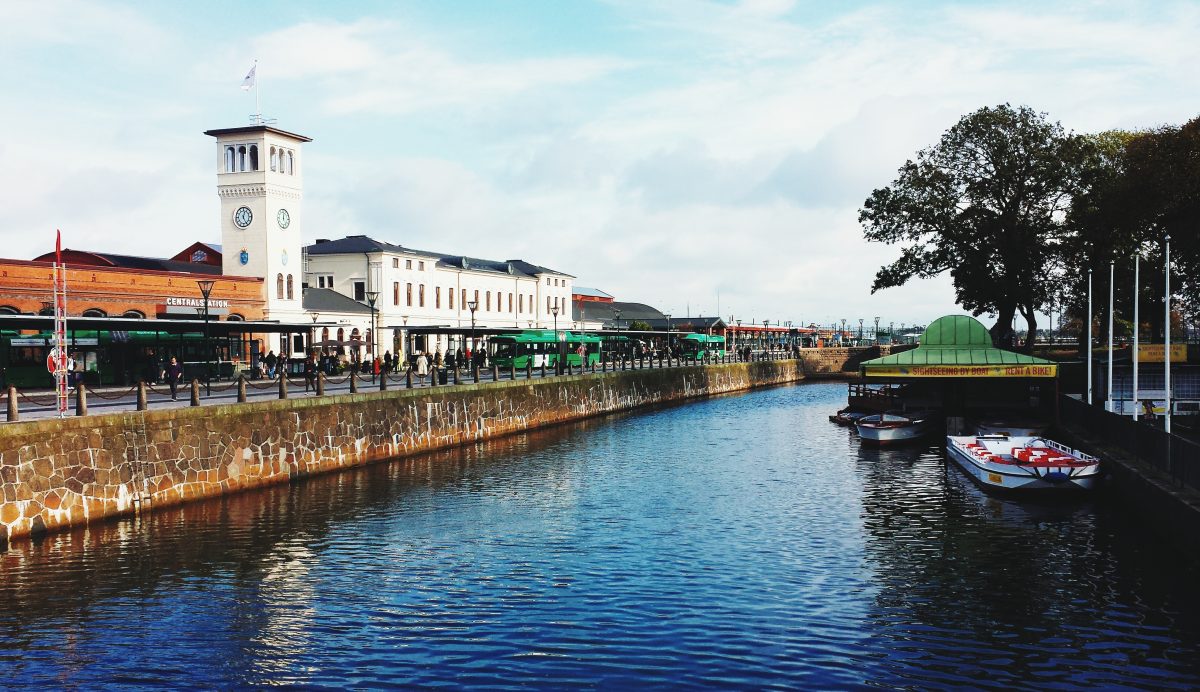
…and in Malmö?
Most people come into town across the Öresund Bridge, which is one of the major tourist attractions itself. Öresundsbron links Denmark to Sweden and extends partially above and below sea level. Turning Torso in Malmö is currently the tallest building in Scandinavia. City Library is an excellent architectural example of merging the new with the old. Lilla torg is the most likable market in the city and totally worth spending Friday evenings in restaurants with intense prices. Möllevångstorget is the market where so many cultures meet and mix. And of course my love – the beach.
Typical Swedish food is? Do you like it?
Swedes don’t really excel when it comes to gastronomy. Typical are small meatballs and potatoes – in millions of ways. I also like Sill, which is a pickled fish in different variations of spices and sauces. Another typical dish is ”Räksmörgås” – open-top sandwich with a huge amounts of shrimp, eggs, mayonnaise and lemon, all on rye bread. The Swedes have the utmost love for anything sweet. Bought bread is often sweetened, which I never really got used to.
What do you miss most, other than relatives and friends?
Mountains. Hills. My dogs. A longer spring and autumn. Slovene language. I miss not having to pay 10 euros for a glass of wine at dinner. I miss the Slovene spontaneity, especially when it comes to visiting a friend. Swedes usually have to have everything planned waaay in advance.
What do Slovenes usually ask you about Sweden?
”Is alcohol really as expensive as they say?” Yup, it is.
Are you ever coming back to Slovenia for good?
I don’t intend to, but it can happen. Currently Sweden offers everything I need and more.


